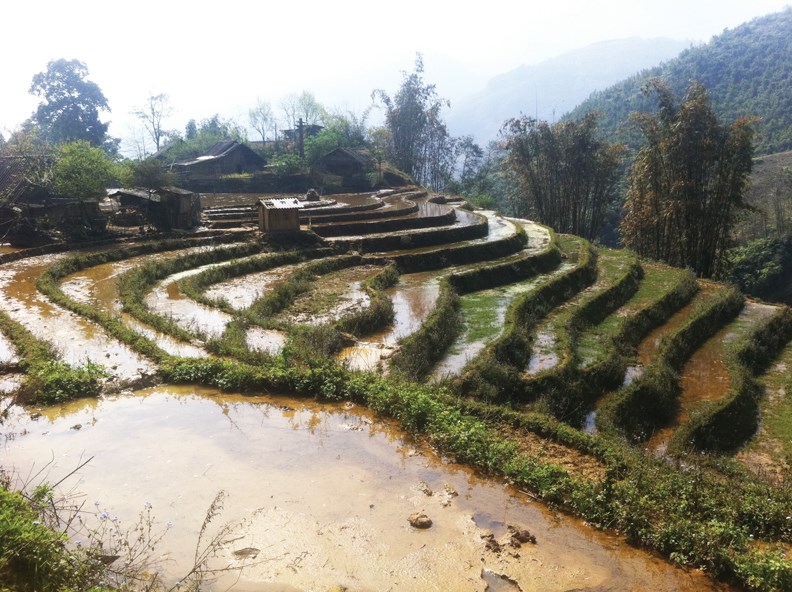Like many people 40 and over, my travel expectations are different than they were when I was younger. These days, my focus is less about cost and nightlife and more on finding authentic experiences.
To accomplish this, my husband and I took a BikeHike Adventures tour of Vietnam and Cambodia. The 12-day Active Indo-china trip begins in Hanoi, Vietnam, with the first eight days in North Vietnam, and then wraps up in Siem Reap, Cambodia – home to the world-famous Angkor Wat temple.
Vietnam has soared in popularity for travellers in recent years. Our tour started in the busy, crowded, noisy and absolutely fabulous capital of Hanoi. It included a rickshaw ride around the city’s Old Quarter (where there is a very long street dedicated only to shoes – talk about paradise!) and visits to several incredible historical sites – including the Ho Chi Minh Mausoleum to pay respects to the preserved body of the country’s beloved leader.
We then headed north, via overnight train, to arrive in Sapa, a beautiful mountain town offering views of stunning vistas and impressive rice terraces. On a bike ride up into these mountains with our guide, Hoa, we came across an unplanned experience – several hill tribes celebrating the planting of the rice. In amongst hundreds of locals, we appeared to be the only non-Vietnamese. Hoa – sensing our Canadian concern that we were infringing on their celebrations – explained that the Vietnamese people don’t think that way. They have a “the more, the merrier” approach to celebrations, to work and to life in general.
During our time in North Vietnam, we stayed at one of the most amazing places ever – Topas Ecolodge – located in Hoang Lien National Park, about a 45-minute drive out of Sapa (although, since we hiked quite a few miles towards the lodge, our drive was only about 30 minutes). It was one of the most memorable places we have ever experienced in all our travels. The accommodation was good and the food was excellent, but the view makes this a must-do. It felt like we had been Photoshopped into a movie scene. I didn’t want to do anything except sit on the deck of our balcony and look at the view. It took my breath away. And as the sun set and rose the next morning, the mountains took on different characteristics. It was stunning.
After taking the night train back to Hanoi, we headed through the Red River Delta to Halong Bay, which is spectacular in a very different way. We spent two nights on a luxury Vietnamese junk, viewing the limestone karst landscape – which is a World UNESCO Heritage Site. Along with visiting a floating village, we kayaked off of the junk – ducking in and out of caves and coves in the bay. I took a cooking class onboard and we did tai chi on the top deck each morning, overlooking the beauty of the bay.
We then flew to Siem Reap, Cambodia, an interesting and welcoming country with a complicated history – and a challenging present. Most visitors to the Siem Reap area come to see the jungle temple of Banteay Chhmar, famous for its signature faces of Jayavarman VII and to see Angkor Wat, the mother of all temples. And so did we. Rising well before dawn, we made our way to Angkor Wat to watch the sun rise over the ruins, which was as spectacular as it was brief – lasting less than five minutes.
Coming home to Canada, I felt I had learned something about Vietnam and Cambodia and the people who live there. As a side benefit, I also didn’t gain any vacation weight.



